What is SaaS Software Development? Benefits, Trends & Insights
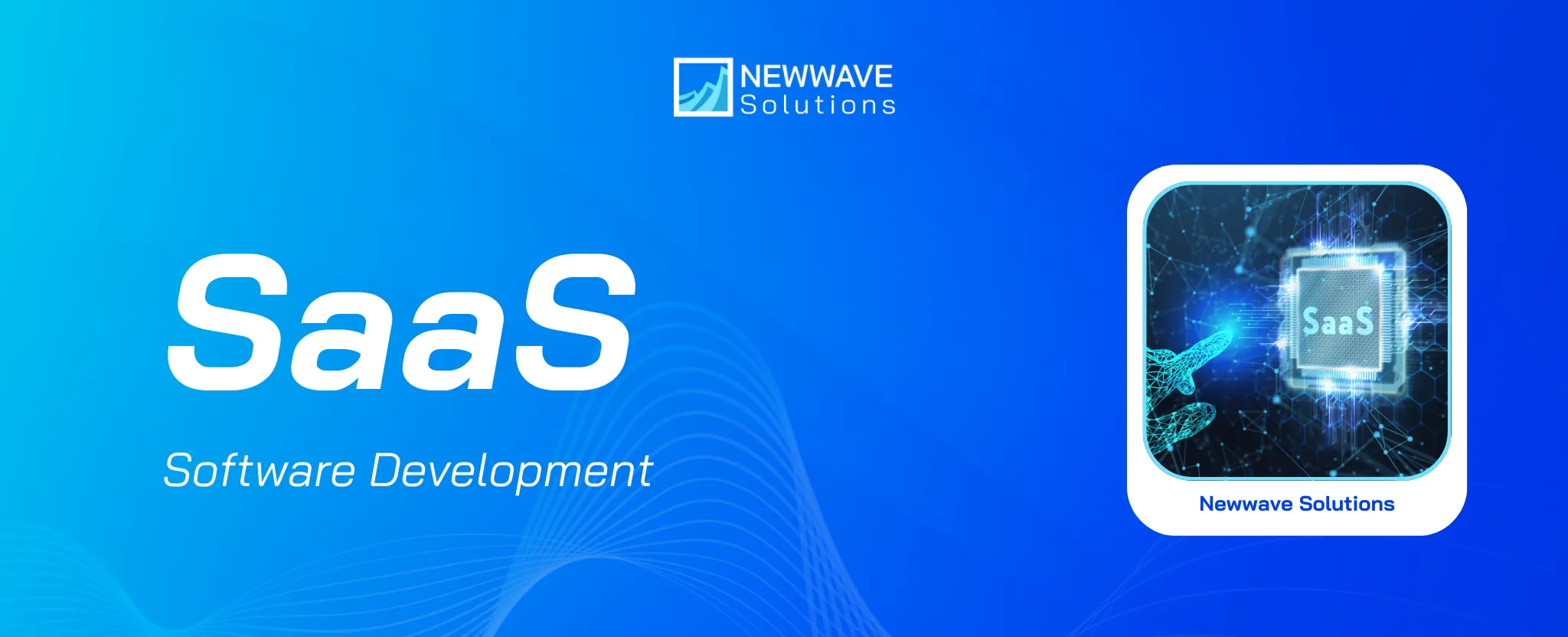
You face a familiar challenge: Balancing agility with cost control while ensuring technology investments remain future-ready. Traditional on-premises software, with its high maintenance costs and slow upgrade cycles, often fails to meet these expectations. This is why SaaS software development has become the dominant delivery model, powering more than 70% of the global cloud software market, according to Market Growth Report. In this Insight, Newwave Solutions explores the foundations of SaaS development, the business advantages it delivers, and the industry trends shaping its future.
What is SaaS (Software as a Service)?
SaaS (Software as a Service) is a cloud-based model that delivers software applications over the internet, accessible anytime through a browser or mobile device. Unlike the old pre-cloud days of complex installations, licenses, and heavy IT infrastructure, SaaS removes the hassle of local setup and ongoing maintenance—freeing businesses to focus resources on growth and innovation.
To better understand the positioning of SaaS, it helps to compare it with other delivery models:
| Model | Definition | Key Traits |
| On-premises software | Applications deployed and managed within an organization’s own IT infrastructure. | Significant upfront CAPEX, dependence on local servers, manual upgrades, limited scalability |
| Custom software | Tailor-made applications built exclusively for a company’s infrastructure and workflows. | Highly specialized functionality, longer development cycles, higher investment, unique maintenance requirements |
| SaaS (Software as a Service) | Cloud-delivered applications accessed on-demand via subscription, hosted and maintained by external providers. | Predictable OPEX model, enterprise-grade scalability, browser-based access, continuous updates with vendor support |
Unlike on-premises or custom-built software solutions, SaaS software development offers a model designed for agility and long-term competitiveness. Gartner expects the SaaS market is projected to reach $300 billion by 2025, accounting for over 70% of total cloud software adoption — a clear signal that businesses are prioritizing SaaS for scalability, cost efficiency, and continuous innovation in their digital transformation strategies.
How does it work?

SaaS works by moving software from your personal computer or office server to the cloud. Instead of buying and installing a program, you simply access it over the internet, usually through your web browser. This fundamental shift changes everything about how the software is managed, paid for, and updated. It’s like switching from buying DVDs to using a streaming service like Netflix.
Hosted in the Cloud for Easy Access
Think of cloud-native delivery as having your software live on powerful computers in data centers around the world, not on your desk. When you use a SaaS application, you’re connecting to these remote servers through the internet.
What does this means?
- No software installation or updates to worry about
- Access your applications from anywhere with internet
- The software runs on professional-grade servers that rarely go down
- Major cloud providers like Amazon (AWS) and Microsoft (Azure) ensure 99.9% uptime
This approach eliminates the headaches of traditional software – no more waiting for downloads, no compatibility issues, and no storage space problems on your devices. Our cloud infrastructure services help businesses migrate seamlessly to this model.
Multi-Tenancy
Multi-tenancy is like living in an apartment building where everyone shares the same structure but has their own private space. In SaaS, one software application serves thousands of users simultaneously while keeping everyone’s data completely separate and secure.
Key benefits:
- Cost savings: Companies can reduce software costs by up to 50% since resources are shared
- Faster setup: New users can start immediately without lengthy installations
- Automatic scaling: The system handles more users without individual setup for each company
- Consistent experience: Everyone gets the same features and performance level
Your data remains completely private and isolated from other users, even though you’re all using the same application infrastructure. Our multi-tenant architecture solutions ensure both efficiency and security for growing businesses.
Operates on a Subscription Model
SaaS uses a subscription-based model, much like your monthly Netflix or electricity bill. You typically pay a recurring fee (monthly or annually) to access the software. This fee can be based on the number of users, the level of features you need, or your usage. This model is great for customers because it lowers the initial cost, spreads out expenses, and allows for flexibility to upgrade, downgrade, or cancel easily. For the SaaS company, it creates predictable, recurring revenue.
How does it work?
- Per-user pricing: Pay only for the number of people using the software
- Feature-based plans: Choose packages based on the features you need
- Predictable costs: Know exactly what you’ll spend each month or year
- Easy scaling: Add or remove users as your business changes
This model benefits both businesses and software providers by creating predictable cash flow and allowing companies to start small and grow gradually. Our subscription management platform helps businesses implement and optimize their pricing strategies.
Updates Continuously and Automatically
SaaS products are constantly improving. Because the software is centralized in the cloud, the provider can roll out updates, new features, and security patches to all customers at once without any action required on your part. This is done through automated processes known as CI/CD (Continuous Integration and Continuous Deployment). You simply log in one morning and find new, helpful features ready to use—with no downloads, installations, or dreaded “update” dialogs. This ensures you always have the latest, most secure, and most powerful version of the software without any downtime or hassle.
What happens behind the scenes?
- Developers write and test new code daily
- Automated systems check for problems before releasing updates
- Updates roll out gradually to prevent disruptions
- Users get new features without doing anything
You’ll never deal with “Software Update Available” notifications or compatibility issues between different versions. Our DevOps automation services help companies implement these seamless update processes.
Connects Easily with Other Tools (API-First)
Modern businesses use a stack of different software tools. SaaS applications are built to be connected, designed with an “API-first” approach. An API (Application Programming Interface) is like a universal plug and socket that allows different software programs to talk to each other and share data securely. This means you can easily connect your SaaS CRM to your email marketing tool (like Mailchimp) or your accounting software to your payment processor (like Stripe). What used to take weeks of custom coding can now be done in days or even hours, often without needing a developer.
Real-world benefits:
- Quick connections: Link your software to payment systems like Stripe in days, not weeks
- Workflow automation: Connect apps like Zapier to automate repetitive tasks
- Data synchronization: Keep information updated across all your business tools
- Custom integrations: Build specific connections for your unique business needs
This connectivity means your SaaS tools can work together like a well-orchestrated team, sharing information and automating workflows. Our API integration services help businesses connect their software ecosystem efficiently.
>> Need Seamless Connectivity? View more how we can help you in API development services
Scales Effortlessly with Your Needs
A major advantage of SaaS is its built-in scalability. If your business suddenly grows or you have a seasonal traffic spike (like an e-commerce store during the holidays), the software automatically handles the increased load. Using cloud infrastructure, the application can instantly tap into more computing resources to maintain fast performance for every user, no matter where they are in the world. This is achieved through auto-scaling and Content Delivery Networks (CDNs), which store copies of the app on servers globally for faster access.
Technical advantages
- Auto-scaling: Servers automatically add capacity during high-traffic periods
- Global reach: Content delivery networks (CDNs) serve users from nearby locations
- Device flexibility: Works on computers, tablets, and smartphones
- Performance optimization: Faster loading times regardless of user location
Whether you have 10 users or 10,000, or experience sudden traffic spikes, the system handles it smoothly without manual intervention. Our scalability consulting helps businesses prepare for growth without performance concerns.
Built with Security and Compliance as a Priority
SaaS providers invest heavily in security that would be cost-prohibitive for most individual companies. They protect your data with robust encryption (scrambling data so it’s unreadable to unauthorized users), detailed audit logs (that track every action taken in the system), and role-based access control ( ensuring employees only see the data they need to). Furthermore, reputable providers undergo rigorous independent audits to earn compliance certifications like SOC 2, GDPR, and HIPAA, which is crucial for businesses in healthcare, finance, or any regulated industry.
Security features include:
- Data encryption: Your information is scrambled during transmission and storage
- Audit logs: Detailed records of who accessed what and when
- Role-based access: Different permission levels for different team members
- Compliance certifications: Meeting standards like GDPR, HIPAA, and SOC 2
These security measures are especially important for industries like healthcare, finance, and legal services that handle sensitive information. Our security compliance services ensure businesses meet industry-specific requirements while maintaining operational efficiency.
SaaS benefits and challenges
SaaS has become the backbone of modern digital transformation, empowering businesses to innovate faster, scale efficiently, and meet rising customer expectations. While the model delivers clear advantages, it also introduces challenges that require careful planning and execution. Understanding both sides helps businesses make informed decisions about their software strategy.
Benefits
SaaS development services deliver measurable business value across multiple dimensions, from financial optimization to operational agility. These advantages compound over time, creating sustainable competitive advantages for forward-thinking organizations.
- Cost predictability (CAPEX → OPEX): Shifts investment from hardware-heavy infrastructure to flexible subscription-based expenses, reducing total ownership costs by up to 30–40%.
- Faster go-to-market: Pre-built frameworks, automated testing, and cloud deployment enable launches up to 40% quicker than traditional custom software.
- On-demand scalability: Cloud resources auto-adjust to support growth from hundreds to millions of users without infrastructure overhauls.
- Improved adoption & UX: Browser-based access ensures easy onboarding and consistent cross-device experiences, boosting productivity and lowering training needs.
- Continuous innovation: Over-the-air updates and CI/CD pipelines deliver new features seamlessly, keeping solutions competitive.
- Revenue stability: Subscription models create recurring income with churn rates as low as 5% in mature platforms, ensuring predictable cash flow.
- Strategic enabler for digital transformation: SaaS integrates into enterprise ecosystems, enabling real-time collaboration, data-driven insights, and agile operations.
- Proven ROI: For example, integrating microservices in SaaS systems has reduced downtime by up to 60% for clients, turning inefficiencies into growth opportunities.
SaaS Challenges
Despite its advantages, SaaS also comes with hurdles that businesses must anticipate and address:
- Data security & compliance: Meeting industry standards like GDPR, HIPAA, or SOC 2 demands strict encryption, audit logs, and ongoing monitoring.
- Performance at scale: Global accessibility requires investment in CDNs, load balancing, and auto-scaling to ensure low latency under heavy traffic.
- Integration complexity: While API-first design speeds connectivity, poorly planned integrations with legacy systems can slow adoption.
- Customer retention risks: Subscription models require continuous value delivery—any service lapse or poor UX may drive churn.
- Vendor dependency: Relying heavily on providers like AWS or Azure creates lock-in risks, requiring careful vendor management strategies.
- Competitive pressure: Businesses must deliver fresh innovations to stand out in the fast-evolving SaaS landscape.
What will be necessary for Building SaaS Applications?
Building a robust SaaS (Software-as-a-Service) application goes far beyond just writing code for a standard software program. It requires a foundational shift in architecture and strategy to create a secure, scalable, and multi-user product delivered over the internet. A successful SaaS application isn’t just a tool; it’s a managed service that anticipates growth, values security, and delivers continuous value to its customers. This demands a deliberate focus on several critical pillars:
1. A Foundation Built for Multiple Customers (Multi-Tenancy)
At its heart, every SaaS application must be built on a “multi-tenant” architecture. Imagine a secure, modern apartment building: all residents share the same core infrastructure—the foundation, plumbing, and electrical systems—but each has their own private, locked unit. Similarly, a single, master version of your SaaS application serves all customers. Their data is completely isolated and private, but they efficiently share the same underlying software and hardware. This is the key to SaaS profitability and scalability, as it optimizes resources, drastically reduces costs, and allows you to onboard new customers instantly without setting up new software for each one.
2. Seamless Connectivity and Customization
Today’s businesses use a suite of tools, and your SaaS application needs to fit perfectly into that ecosystem. Furthermore, different customers have unique needs.
- API-First Integration Ecosystem: Your application should be built from the ground up with connectivity in mind. Using APIs (Application Programming Interfaces)—which are like universal plugs and sockets for software—you allow your SaaS to easily and securely connect with other tools like Salesforce, Stripe, or Slack. This turns your application into a powerful hub instead of an isolated island.
- Customization & White-Label Options: Customers often need to tailor the experience to their brand and workflow. Providing safe ways to customize logos, colors, and even specific features without altering your core code is essential. For partners, white-labeling allows them to resell your software as their own, opening a significant revenue stream.
3. Powerful Insights and Universal Access
The value of your application is measured by the insights it provides and its availability to users wherever they are.
- Advanced Analytics & BI Dashboards: Data is useless unless it can be understood. Integrating real-time dashboards and analytics (using tools like Tableau or Power BI) transforms raw data into visual charts and graphs. This empowers your customers to spot trends, track performance, and make smarter, data-driven decisions directly within your app.
- Mobile-First & Responsive UX Design: People work from phones, tablets, and desktops. A “mobile-first” approach means designing the app for the small screen first, ensuring a seamless and intuitive experience on any device. Techniques like Progressive Web Apps (PWAs) can even allow for limited functionality offline, greatly enhancing usability.
4. Unwavering Reliability and Iron-Clad Security
Your customers’ businesses depend on your application being always available and utterly secure. This is non-negotiable.
- High Availability & Disaster Recovery: You must design your systems with redundancy at every level—multiple servers, data centers, and network paths. This ensures that if one component fails, another instantly takes over without interruption. Coupled with robust backup systems, this achieves “five nines” (99.999%) reliability, meaning mere minutes of downtime per year.
- Role-Based Access Control (RBAC) & Security: Protecting sensitive customer data is your highest priority. RBAC ensures users can only access the data and features necessary for their role (e.g., an intern vs. a manager). This must be combined with enterprise-grade security features like end-to-end encryption, regular security audits, and compliance frameworks (like SOC 2, GDPR, HIPAA) to build trust and protect your reputation.
Ultimately, building a SaaS application is about crafting a resilient, service-oriented product that grows with your customers. By investing in these core pillars from the very beginning, you build a foundation for long-term success, customer retention, and market leadership.
Agile in SaaS Development
Agile, a dynamic and iterative approach, fuels SaaS solutions development with unmatched speed and flexibility. It slashes time-to-market, delivering functional features in weeks, not months, while enabling swift pivots to align with evolving customer needs or market shifts. Transparent progress tracking keeps stakeholders in sync, and early issue detection cuts costly rework. By prioritizing high-impact features, Agile optimizes budgets and scales effortlessly as projects grow, ensuring resources match demand. Continuous iterations drive relentless improvement, keeping SaaS platforms agile, cost-efficient, and laser-focused on delivering innovative, customer-driven solutions that stay ahead of the curve.
How to Develop a SaaS Software?
Developing a Software-as-a-Service (SaaS) application is a complex but rewarding journey. It’s not just about writing code; it’s about building a reliable, scalable, and secure service that evolves with your customers’ needs. The process is a cycle of planning, building, launching, and improving, designed to minimize risk and maximize value at every step.
Here’s a breakdown of the key phases involved in bringing a SaaS product to life:
1. Discovery and Strategic Planning
Before a single line of code is written, the most critical phase is laying a solid foundation. This is where we answer the “why” and “what.”
- What happens? We dive deep into your business goals, target audience, and the specific problem your SaaS application will solve. We analyze competitors and assess market fit to ensure there’s a demand for your solution. This phase also involves outlining crucial compliance and security requirements from the start (like GDPR, HIPAA, or SOC 2) to avoid costly changes later.
- Why it matters: Skipping this step is like building a house without a blueprint. A clear strategy aligns the entire team, reduces development waste, and significantly increases the product’s chances of success.
This stage could be one of the most important stage in SaaS Software Development Process, cause it will be a core performance for the next decisions in other stages. Our dedicate software engineers for hire are all ready to guide you through this phase, turning your vision into an actionable product roadmap.
2. Designing the Architecture and Choosing Technology
This phase is about designing the engine and framework of your application. The choices made here determine how well your app can scale, perform, and be maintained.
- What happens? Architects select the right technology stack: cloud providers (like AWS, Azure, or Google Cloud), databases (e.g., PostgreSQL for structured data, MongoDB for flexibility), and backend frameworks. A modern SaaS almost always uses a microservices architecture (breaking the app into small, independent services) and DevOps tools (like Kubernetes for container management and Terraform for automated infrastructure).
- Why it matters: A well-designed architecture ensures your application is cost-effective, can handle millions of users, and won’t collapse under pressure. It’s the blueprint for scalability and reliability.
3. Crafting the User Experience (UX) and Interface (UI)
If architecture is the engine, UX/UI is the comfortable, intuitive cockpit that users interact with.
- What happens? Designers create wireframes (basic layouts) and prototypes (interactive mockups) to map every step of the user’s journey. The goal is to make the application not just powerful, but also easy and enjoyable to use. A “design system” is established to ensure buttons, fonts, and colors are consistent across the entire app.
- Why it matters: A great user experience is what keeps people engaged and reduces frustration. In a competitive market, a superior UX/UI design is often the key differentiator that wins and retains customers.
>> Need a hand perfecting your user experience? View more at our UX/UI Design Services
4. Agile Development and Building the Product
This is the phase where the planned features are built, piece by piece, in a flexible and efficient way.
- What happens? Developers work in short, repetitive cycles called “sprints” (usually two weeks long). Each sprint focuses on building a small, functional set of features. This Agile methodology allows for regular feedback and easy adjustments to the plan. Continuous Integration (CI) practices mean code is constantly merged and tested, ensuring the main codebase is always stable.
- Why it matters: This approach delivers tangible progress quickly, allows you to adapt to market changes, and prevents the massive risk of building for two years only to find out you built the wrong product.
5. Rigorous Testing and Quality Assurance (QA)
Quality is not an afterthought; it’s baked into every step of the process. This phase ensures the application is secure, stable, and fast.
- What happens? QA engineers perform various tests: functional testing (does the feature work as intended?), performance testing (can the app handle 10,000 users at once?), security testing (can we find vulnerabilities before hackers do?), and usability testing (do real people find it intuitive?).
- Why it matters: Thorough testing protects your brand’s reputation, prevents catastrophic bugs from reaching customers, and saves money by fixing issues early when they are cheaper to resolve.
6. Deployment and Cloud Launch
This is the exciting moment when your application goes live on the internet for users to access.
- What happens? Using fully automated CI/CD pipelines (Continuous Integration/Continuous Deployment), new code is safely and seamlessly deployed to the cloud production servers. Tools are set up for ongoing monitoring (like Prometheus/Grafana for performance dashboards) and auto-scaling, which automatically adds more server power during traffic spikes.
- Why it matters: Automation eliminates human error during deployment, enables multiple releases per day with zero downtime, and ensures the application remains stable and responsive as user numbers grow.
7. Ongoing Maintenance and Continuous Optimization
Launching the application is not the finish line; it’s the starting line for its life as a service.
- What happens? The team continuously monitors the application’s health, performance, and usage. This phase includes rolling out new features, performing performance tuning, and practicing FinOps—managing cloud costs to ensure you’re not overspending on resources.
- Why it matters: A stagnant application gets left behind. Continuous improvement based on user feedback and data analytics is what keeps a SaaS product competitive, efficient, and valuable for years to come.
This iterative process ensures your SaaS application is built on a foundation of quality, designed for growth, and managed for long-term success.
The Rise of AI-Powered SaaS
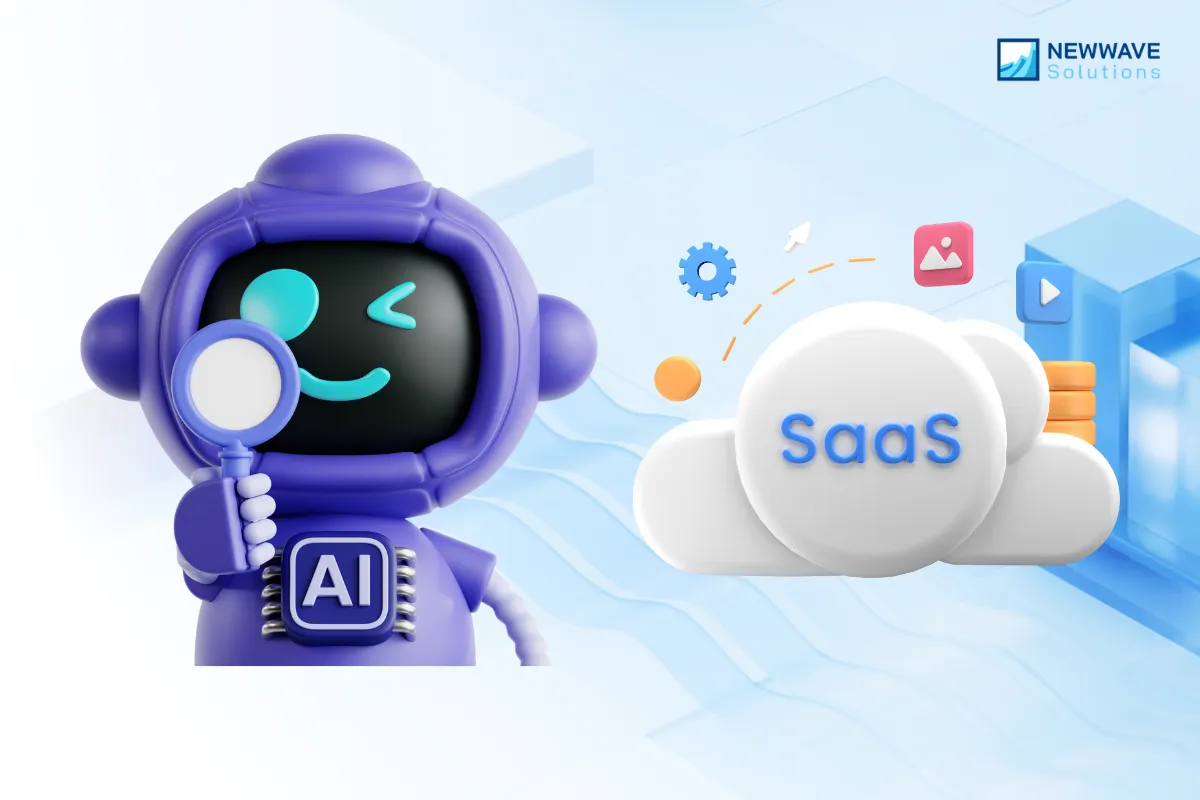
AI is revolutionizing SaaS software development, transforming applications into intelligent, adaptive solutions. Personalization, like Netflix’s recommendation engine, boosts engagement by 20% through tailored user experiences. Automation tools, such as AI copilots in Microsoft 365 or HubSpot AI, streamline workflows, saving teams hours weekly. Predictive analytics in FinTech and HealthTech SaaS deliver actionable insights, minimizing risks in lending and diagnostics.
AI-powered SaaS drives a 30% higher customer retention rate, per McKinsey. For example, Salesforce Einstein leverages data to enhance adoption and upsell, generating 15-20% revenue growth for users. The future lies in AI-first SaaS, built around core AI capabilities for proactive insights and autonomous operations, not merely as an add-on feature.
>> What can we do in using AI for your business? Find the answer in our AI Software Development Services
Newwave Solutions – Your trusted partner SaaS Development
Choosing the right SaaS development partner can determine whether your product simply functions—or truly transforms your business. At Newwave Solutions, we go beyond coding to craft scalable, secure, and future-ready SaaS platforms that empower you to grow faster, adapt smarter, and compete stronger in today’s digital-first economy. With over 14 years of experience and a global reputation as one of Vietnam’s top 10 software development companies, Newwave Solutions bring together domain expertise, cutting-edge technologies, and a proven methodology to deliver SaaS solutions that last.
Here’s why businesses trust us as their long-term SaaS development partner:
- Domain Expertise Across Industries – Tailored SaaS platforms for FinTech, HealthTech, EdTech, Logistics, and beyond.
- Advanced Technical Capabilities – Cloud-native architectures (AWS, Azure, GCP), DevOps pipelines, Microservices, and AI-powered integrations.
- Reliable Delivery Model – Agile workflows, ISO-certified processes, and a security-first approach to ensure predictable outcomes.
- Proven Global Success – Trusted by clients across Tier 1 markets including Japan, the US, and the EU.
- End-to-End Partnership – From initial consulting and architecture design to ongoing support, optimization, and feature upgrades.
SaaS software development is no longer just an IT investment—it’s the cornerstone of digital transformation. With Newwave Solutions, you gain a partner committed to turning your ideas into impactful digital products that deliver measurable business results today and remain resilient tomorrow.
If you’re ready to explore your next SaaS initiative, contact us and discover our SaaS Development Services, then see how we can help shape the future of your business.
To Quang Duy is the CEO of Newwave Solutions, a leading Vietnamese software company. He is recognized as a standout technology consultant. Connect with him on LinkedIn and Twitter.

Read More Guides
Get stories in your inbox twice a month.
Let’s Connect
Let us know what you need, and out professionals will collaborate with you to find a solution that enables growth.
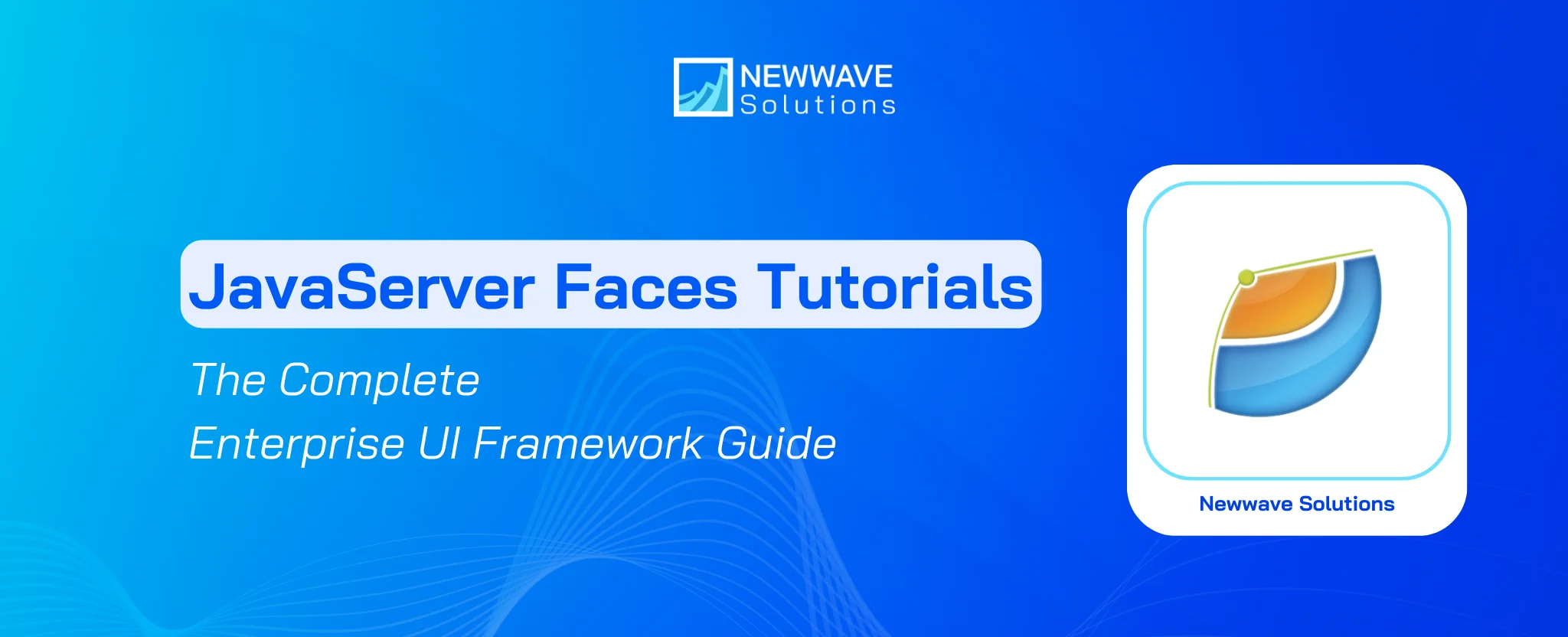
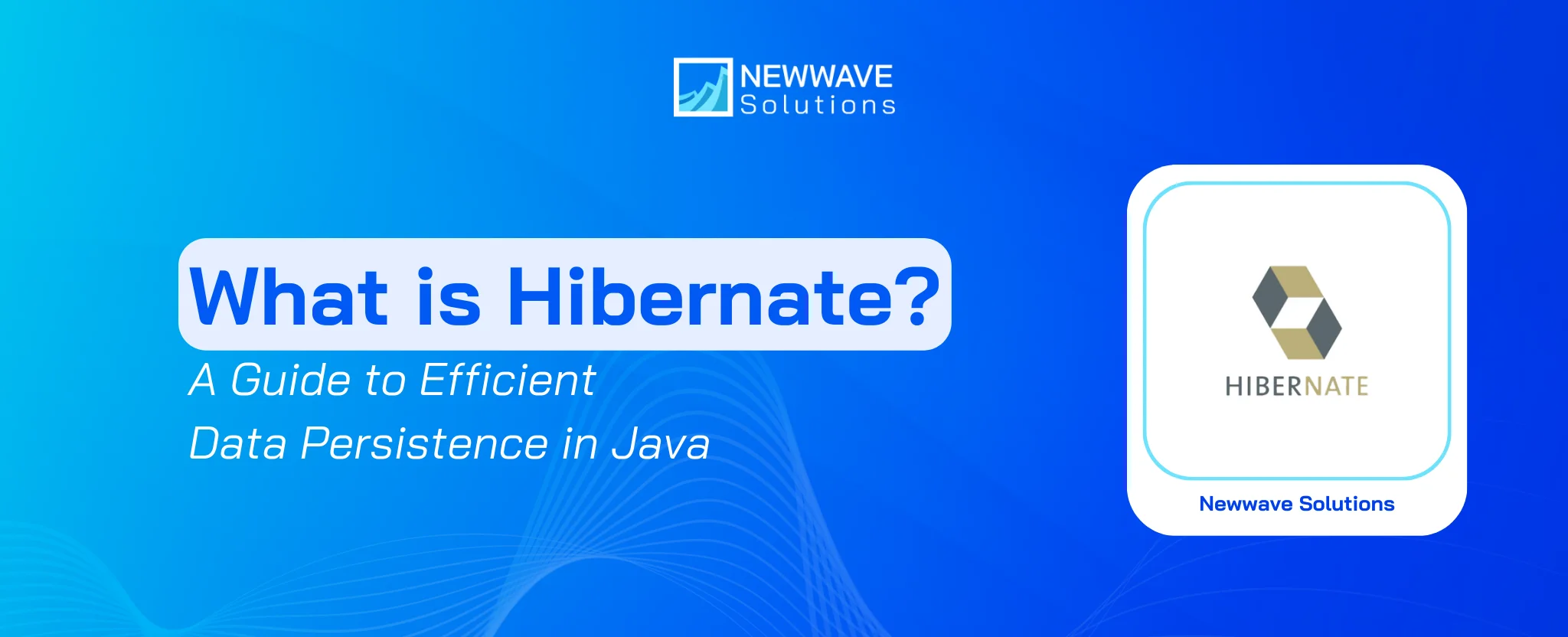

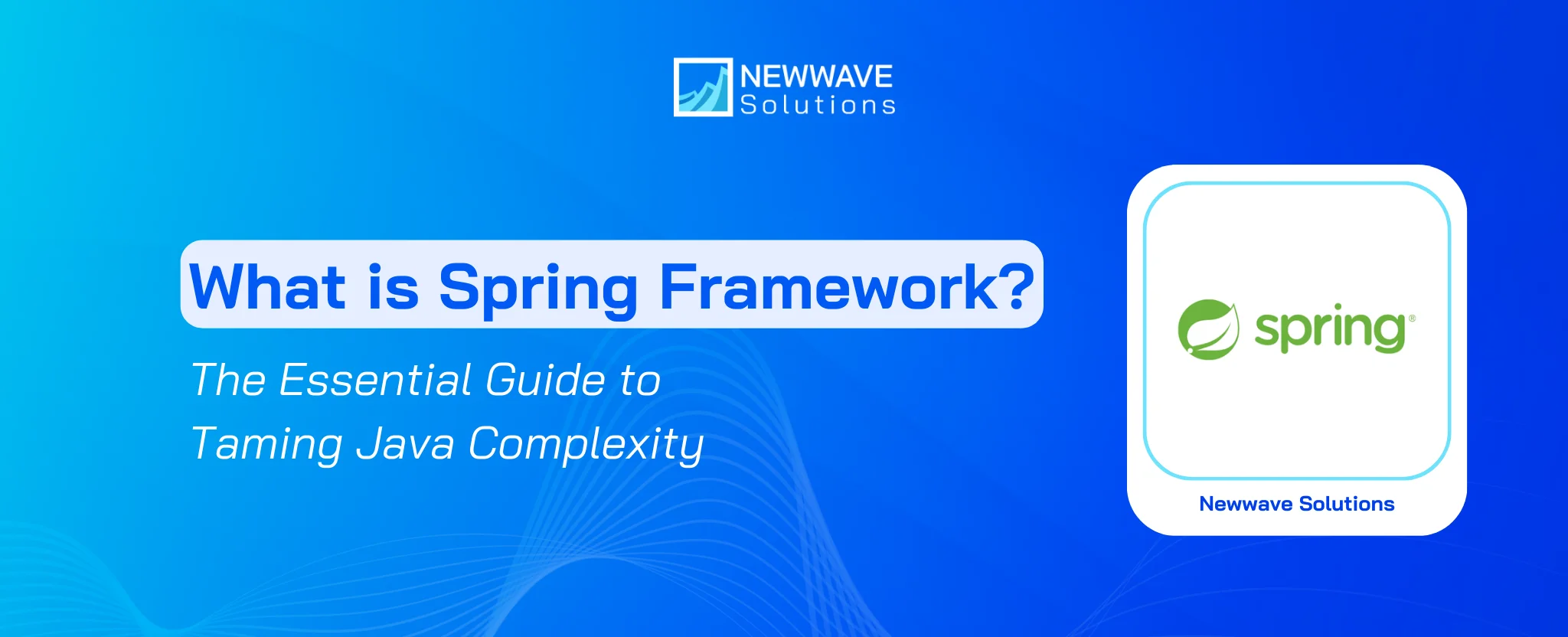
Leave a Reply